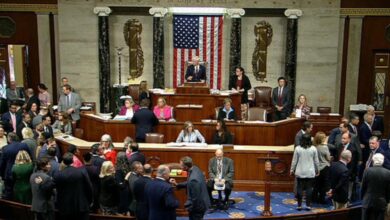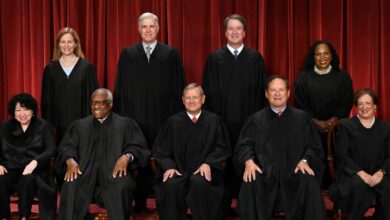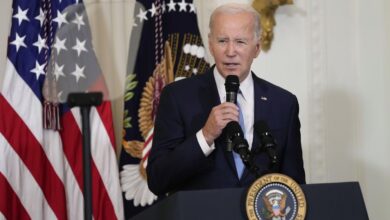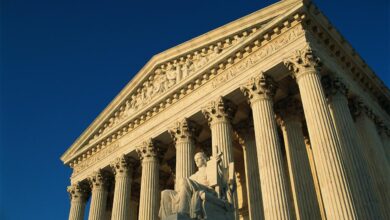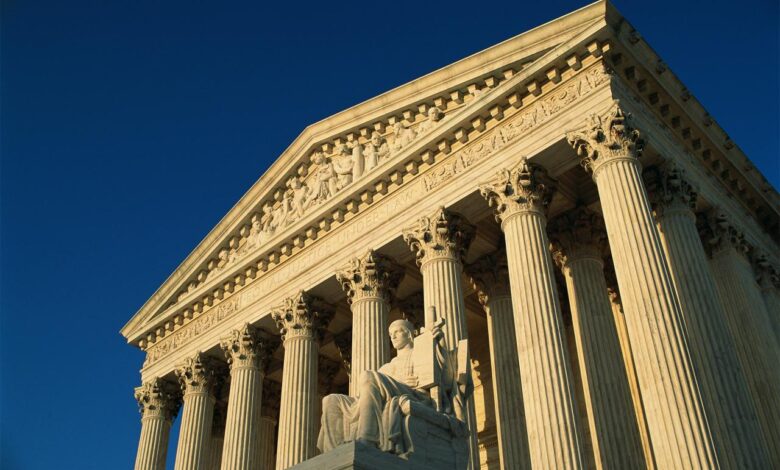
Chevron Supreme Court Congress Agencies Power Play
Chevron Supreme Court Congress Agencies: Examining the intricate dance of power between these entities, particularly regarding the Chevron Doctrine, is crucial for understanding modern administrative law. The doctrine allows executive agencies to interpret ambiguous statutes, but this interpretation is subject to judicial review. The interplay between the Supreme Court, Congress, and agencies often sparks debate and impacts policy across various sectors.
This exploration dives into the historical context of the Chevron Doctrine, highlighting key Supreme Court cases and the influence of Congressional actions. It also examines the role of executive agencies in interpreting statutes, potential conflicts, and the modern application of this doctrine, considering its challenges and limitations.
Supreme Court’s Role in Chevron Doctrine
The Chevron Doctrine, a cornerstone of administrative law, dictates how courts should interpret statutes that delegate authority to executive agencies. This doctrine has been a source of considerable debate and scrutiny, particularly concerning the balance of power between the judiciary and the executive branch. The Supreme Court’s consistent interpretation and application of Chevron have significantly impacted the regulatory landscape of the United States.The Supreme Court’s interpretation of the Chevron Doctrine has evolved over time, reflecting shifts in legal thought and the political climate.
Initially, the Court approached statutory interpretation with a focus on the plain meaning of the text, but the complexities of modern administrative law led to a more nuanced understanding of the judiciary’s role in reviewing agency actions.
Historical Overview of Chevron Doctrine Interpretation
The Chevron Doctrine, established in the 1984 Supreme Court caseChevron U.S.A. Inc. v. Natural Resources Defense Council*, fundamentally altered the relationship between courts and administrative agencies. Prior to Chevron, courts often scrutinized agency interpretations with a more stringent approach.
The doctrine established a two-part test for judicial review of agency interpretations. If a statute is ambiguous, the courts must defer to the agency’s interpretation if it is reasonable.
Key Supreme Court Cases Shaping Chevron Doctrine Application
Several Supreme Court cases have significantly shaped the application of the Chevron Doctrine.
- Chevron U.S.A. Inc. v. Natural Resources Defense Council*, the foundational case, established the framework for agency deference. Subsequent cases like
- Auer v. Robbins*, and
- United States v. Mead Corp.* clarified the scope of Chevron deference.
- Mead* narrowed the application of Chevron to agency interpretations of statutes that are not legislative rules. These cases, alongside numerous others, continue to define the limits and scope of the Doctrine.
Supreme Court’s Position on Delegation of Power to Executive Agencies, Chevron supreme court congress agencies
The Supreme Court’s position on the delegation of power to executive agencies is deeply intertwined with the Chevron Doctrine. The Court recognizes the need for agencies to have flexibility in implementing complex statutory schemes. However, the Court also maintains a crucial oversight role, ensuring that agency interpretations remain consistent with the overall intent of the law. This balance between agency expertise and judicial review is a key element of the American system of government.
Chevron’s relationship with the Supreme Court and Congress, and agencies, is a complex one. The Supreme Court’s interpretation of Chevron deference plays a crucial role in how these agencies operate, and the ongoing debate about this deference often involves significant players like the Koch brothers. The link below delves deeper into the influence of the Koch brothers and Chevron in shaping Supreme Court rulings regarding deference to executive agencies.
koch chevron deference supreme court. Ultimately, this interplay between the Court, Congress, and agencies continues to shape environmental and regulatory policy.
Potential Consequences of Supreme Court Decisions Regarding the Chevron Doctrine
Changes in the Supreme Court’s interpretation of Chevron have significant consequences. For instance, a more stringent approach to Chevron deference could lead to increased judicial review of agency actions, potentially slowing down the regulatory process. Conversely, a more expansive interpretation of Chevron could grant agencies greater latitude in their interpretations, potentially leading to broader regulatory impact.
Examples of Chevron Doctrine Application to Legal Issues
The Chevron Doctrine has been applied to numerous legal issues. For example, the Court has considered agency interpretations of environmental regulations, labor laws, and consumer protection statutes. Each case presents unique challenges, requiring the Court to carefully weigh the agency’s expertise against the need for consistent application of the law.
Supreme Court’s Role in Clarifying Ambiguities in Statutes
A critical role of the Supreme Court in the context of Chevron is to clarify ambiguities in statutes. By carefully examining the legislative history, purpose, and structure of a statute, the Court can help provide context for agency interpretations. This process ensures that agencies act within the boundaries established by Congress.
Contrasting Justice Viewpoints on the Chevron Doctrine
| Justice | General Viewpoint on Chevron |
|---|---|
| Justice Scalia | Generally favored a narrow interpretation of Chevron, emphasizing the importance of statutory clarity. |
| Justice Breyer | Often advocated for a broader interpretation of Chevron, acknowledging the expertise of agencies in specific fields. |
| Justice Kennedy | Demonstrated a more nuanced approach, recognizing the importance of both statutory intent and agency expertise. |
Congress’s Influence on the Chevron Doctrine: Chevron Supreme Court Congress Agencies
The Chevron Doctrine, granting substantial deference to administrative agencies’ interpretations of ambiguous statutes, has been a constant source of tension between the judiciary and the legislative branch. Congress holds the ultimate power to shape the law, and thus, its influence on the Chevron Doctrine is significant. This exploration delves into the legislative strategies Congress employs to affect the Supreme Court’s approach to statutory interpretation, particularly in cases of ambiguity.Congress’s influence on the Chevron Doctrine manifests in various ways, from direct legislative action to indirect shaping of the statutory landscape.
The effectiveness of these actions varies, but the ongoing dialogue between Congress and the judiciary underscores the dynamic nature of legal interpretation.
Legislative Actions to Influence Chevron
Congress has employed several strategies to influence the Supreme Court’s interpretation of statutory ambiguity within the framework of the Chevron Doctrine. These actions aim to clarify legislative intent, limit agency discretion, or reshape the balance of power between Congress, agencies, and the judiciary.
- Clarifying Statutory Language: Congress can explicitly define terms within a statute, reducing the scope for agency interpretation. This direct clarification can limit the scope for agency interpretation and reduce the instances where Chevron deference might be invoked.
- Limiting Agency Authority: Legislation can explicitly restrict the authority of administrative agencies, outlining their permissible actions and explicitly stating when judicial review is warranted. By setting precise parameters, Congress can diminish the room for ambiguity and thereby lessen the need for Chevron deference.
- Codifying Standards for Agency Action: Congress can create or amend laws to establish clear standards for agency actions. This can streamline agency procedures, potentially rendering agency interpretations less ambiguous, and reducing the circumstances where Chevron would apply.
- Providing Explicit Congressional Direction: Expressing specific intent within a statute, through the use of statements of purpose or findings, can provide a more precise guideline for agencies. This explicit guidance might make the statute less ambiguous and reduce the need for agency interpretation, consequently diminishing the scope of Chevron.
Effectiveness of Legislative Actions
The effectiveness of these legislative actions in altering the Supreme Court’s approach to the Chevron Doctrine is not uniform. While some legislative attempts have successfully clarified statutory ambiguity, others have been less impactful. The judiciary’s interpretation of congressional intent and the nuances of the particular statutes involved are critical factors.
Shaping Statutory Interpretation
Congress can shape the interpretation of statutory ambiguity by explicitly stating legislative intent, for instance, through detailed findings and statements of purpose. This direct expression of legislative will can influence how courts interpret ambiguous statutory language, possibly reducing the need for agency interpretation and thus the application of Chevron deference.
Codifying and Amending Laws
Congress can codify or amend laws to directly address concerns raised by the Chevron Doctrine. This involves revising existing statutes to incorporate explicit language clarifying congressional intent or to impose more stringent requirements on agency actions.
Examples of Congressional Attempts
Several instances demonstrate Congress’s attempts to address concerns surrounding the Chevron Doctrine. For example, specific amendments to environmental laws have attempted to explicitly define the scope of agency authority, thereby limiting the potential for Chevron deference. Other legislation has included clear standards for agency actions, reducing the space for ambiguous interpretations.
Comparison of Congressional Approaches
| Congressional Approach | Description | Effectiveness |
|---|---|---|
| Clarifying Statutory Language | Explicitly defining terms within a statute | Potentially high, depending on the statute’s ambiguity and clarity of the amendment. |
| Limiting Agency Authority | Restricting the authority of administrative agencies | Potentially high, but depends on the specific restrictions and the agency’s interpretation. |
| Codifying Standards for Agency Action | Establishing clear standards for agency actions | Potentially high, as it provides clear guidelines, reducing the need for interpretation. |
| Providing Explicit Congressional Direction | Expressing specific intent through statements of purpose | Effectiveness varies, depending on how explicitly the intent is expressed and the court’s interpretation. |
Executive Agencies and the Chevron Doctrine
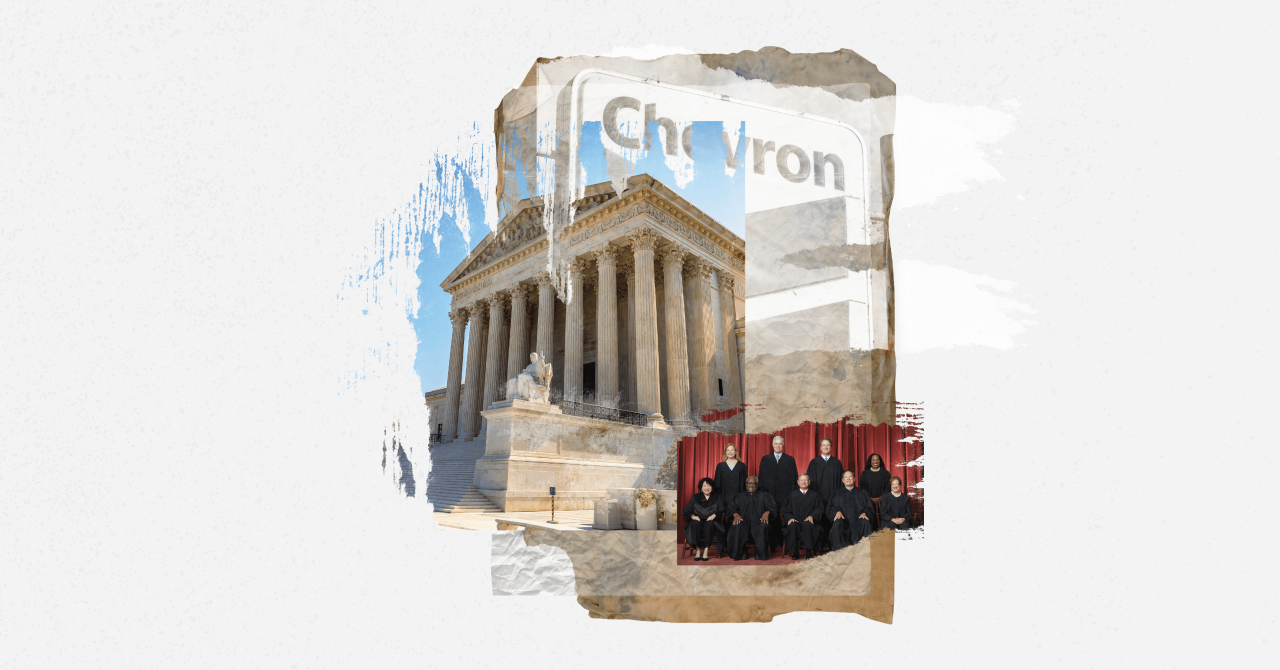
Executive agencies play a crucial role in implementing and interpreting federal laws, often encountering ambiguities in statutes that require interpretation. The Chevron Doctrine, a cornerstone of administrative law, significantly impacts how these agencies approach statutory ambiguities. This doctrine establishes a framework for judicial deference to agency interpretations when those interpretations are reasonable and consistent with the statute’s overall intent.
Understanding the agency role, procedures, and applications of Chevron is essential for comprehending the balance of power between the executive branch, Congress, and the judiciary.Executive agencies are entrusted with the responsibility of interpreting and applying laws to specific situations within their respective jurisdictions. This involves translating broad statutory language into concrete regulations and policies. The complexity of modern governance often necessitates that agencies possess specialized knowledge and expertise that the judiciary may lack.
Chevron’s Supreme Court challenges and congressional actions, alongside various agency regulations, are definitely interesting. But the New Hampshire Democratic primary results are also making waves! These results are providing a fascinating glimpse into the political landscape, and I’m sure they’ll influence the ongoing discussions surrounding Chevron, the Supreme Court, and Congress. Ultimately, the interplay between these elements will be crucial to watch in the coming weeks.
This specialized knowledge is vital for effective implementation of legislation.
Role of Executive Agencies in Interpreting Statutes
Executive agencies, through their specialized expertise and close interaction with the issues, are uniquely positioned to interpret statutory ambiguities. This interpretation process often involves examining the legislative history of the law, considering the agency’s own experience in enforcing the statute, and engaging in public consultations. Their interpretations are often informed by the agency’s own experiences and expertise, offering practical insights.
Procedures for Interpreting Statutory Ambiguities
Agencies employ various procedures to interpret statutory ambiguities. These may include conducting extensive research, holding public hearings, gathering input from stakeholders, and engaging in formal rulemaking processes. These procedures aim to ensure transparency, accountability, and informed decision-making. Agencies often rely on established legal precedents, internal guidance documents, and expert opinions to support their interpretations. These internal processes are often documented and available for public scrutiny.
Utilization of the Chevron Doctrine in Rulemaking
The Chevron Doctrine significantly influences how executive agencies approach rulemaking. When a statute is ambiguous, agencies can often apply the two-part test of Chevron to determine whether their interpretation is reasonable. This process often involves considering the statutory language, legislative history, and the overall purpose of the law. The agency’s interpretation must be considered reasonable, based on its knowledge of the statute and its potential impacts.
Agencies must articulate their reasoning clearly, providing support for their interpretation.
Examples of Chevron Doctrine Application
Numerous examples demonstrate the Chevron Doctrine’s application in various policy areas. For instance, environmental regulations often rely on agency interpretation of ambiguous statutes to establish specific standards. In cases concerning air quality standards, the EPA has frequently applied the Chevron Doctrine to justify its regulations, reflecting the importance of the doctrine in regulatory contexts.
Conflicts Between Executive Agencies and the Judiciary
Conflicts between executive agencies and the judiciary can arise when there’s disagreement over the interpretation of statutory ambiguities. These disputes often involve the application of the Chevron Doctrine, with the judiciary ultimately determining the validity of the agency’s interpretation. Courts scrutinize the agency’s reasoning to ensure it adheres to the statutory language and the intent of Congress.
Table Illustrating Agency Approaches to Ambiguity
| Agency | Approach to Ambiguity | Example |
|---|---|---|
| Environmental Protection Agency (EPA) | Thorough analysis of scientific data, public input, and legislative history. | Setting air quality standards based on scientific research and public comment. |
| Federal Communications Commission (FCC) | Emphasis on technological advancements and public interest. | Interpreting regulations regarding telecommunications technologies. |
| Food and Drug Administration (FDA) | Focus on public health and safety, with consideration for scientific evidence. | Evaluating the safety of new drugs and medical devices. |
Interplay Between Supreme Court, Congress, and Agencies
The Chevron Doctrine, a cornerstone of administrative law, dictates how the Supreme Court, Congress, and executive agencies interact when interpreting statutes with ambiguities. This interplay often leads to intricate dynamics, with potential conflicts and collaborations shaping the application of the law. Understanding these interactions is crucial for comprehending the limits of judicial review and the extent of congressional influence over agency actions.The delicate balance between these branches of government is critical to maintaining the rule of law.
Sometimes, the Supreme Court, Congress, and agencies find common ground, leading to effective and consistent implementation of legislation. Other times, differing interpretations and priorities lead to tension, necessitating careful consideration of the legal and political ramifications.
Different Approaches to Statutory Ambiguity
The Supreme Court, Congress, and executive agencies each approach statutory ambiguity with distinct perspectives. The Court aims for consistent application of the law across various contexts. Congress, as the legislative branch, has the power to clarify ambiguities through statutory amendment, aiming to provide explicit direction. Agencies, tasked with implementing the law, typically rely on their expertise and understanding of the relevant context.
Chevron’s Supreme Court battles and congressional actions often impact agencies, but the naming of a child also involves important decisions. Understanding how a child’s last name is determined, like how a family decides on the apellido bebe madre padre , is a critical family dynamic. Ultimately, these decisions, from Supreme Court cases to baby names, intertwine with the regulatory landscape of Chevron-related agencies.
This variety in approach can lead to divergence in interpretation and application, potentially causing friction among the branches.
Potential Conflicts and Collaborations
Potential points of conflict arise when the Supreme Court, Congress, and agencies disagree on the meaning or application of a statute. For instance, the Court’s interpretation of a statute might differ from the agency’s interpretation, leading to a challenge of the agency’s actions. Conversely, Congress can step in to resolve conflicts by amending the statute to clarify its meaning.
Collaboration can occur when these branches share a common understanding of the statute’s intent and purpose, leading to more effective and coherent application of the law.
Legal and Political Ramifications
The legal ramifications of these interactions can be significant, potentially impacting individual rights, businesses, and the overall structure of governance. Political ramifications can include shifts in public opinion and political discourse. These interactions are often intertwined with broader political and social contexts.
Chevron’s involvement with Supreme Court decisions and congressional actions, alongside various government agencies, often gets overlooked. However, it’s fascinating to consider how these entities intersect with figures like Adrian Beltre, a true Texas Rangers legend, and his impressive career in baseball, adrian beltre hall of fame texas rangers. Ultimately, understanding these connections is crucial to comprehending the intricate interplay between corporations, the legal system, and public policy.
Judicial Review of Agency Actions
The Chevron Doctrine empowers the judiciary to review agency actions to ensure compliance with statutory mandates. The Supreme Court’s role is to determine whether an agency’s interpretation of an ambiguous statute is permissible under the law. The scope of judicial review under Chevron is substantial, affecting the ability of agencies to implement policies and carry out their responsibilities.
Examples of Interactions in Specific Cases
Numerous cases illustrate the interplay between the three branches. The case ofChevron U.S.A., Inc. v. Natural Resources Defense Council*, for example, established the framework for judicial review of agency interpretations. Other cases, such as those involving environmental regulations or economic policies, highlight the complexities and potential for conflict in the interaction between these branches.
Responsibilities of Each Branch Regarding the Chevron Doctrine
| Branch | Responsibility |
|---|---|
| Supreme Court | Determining whether an agency’s interpretation of an ambiguous statute is permissible under the law. |
| Congress | Clarifying ambiguities in statutes through amendments. |
| Executive Agencies | Implementing laws and providing interpretations of ambiguous statutes. |
Modern Application and Challenges of the Chevron Doctrine
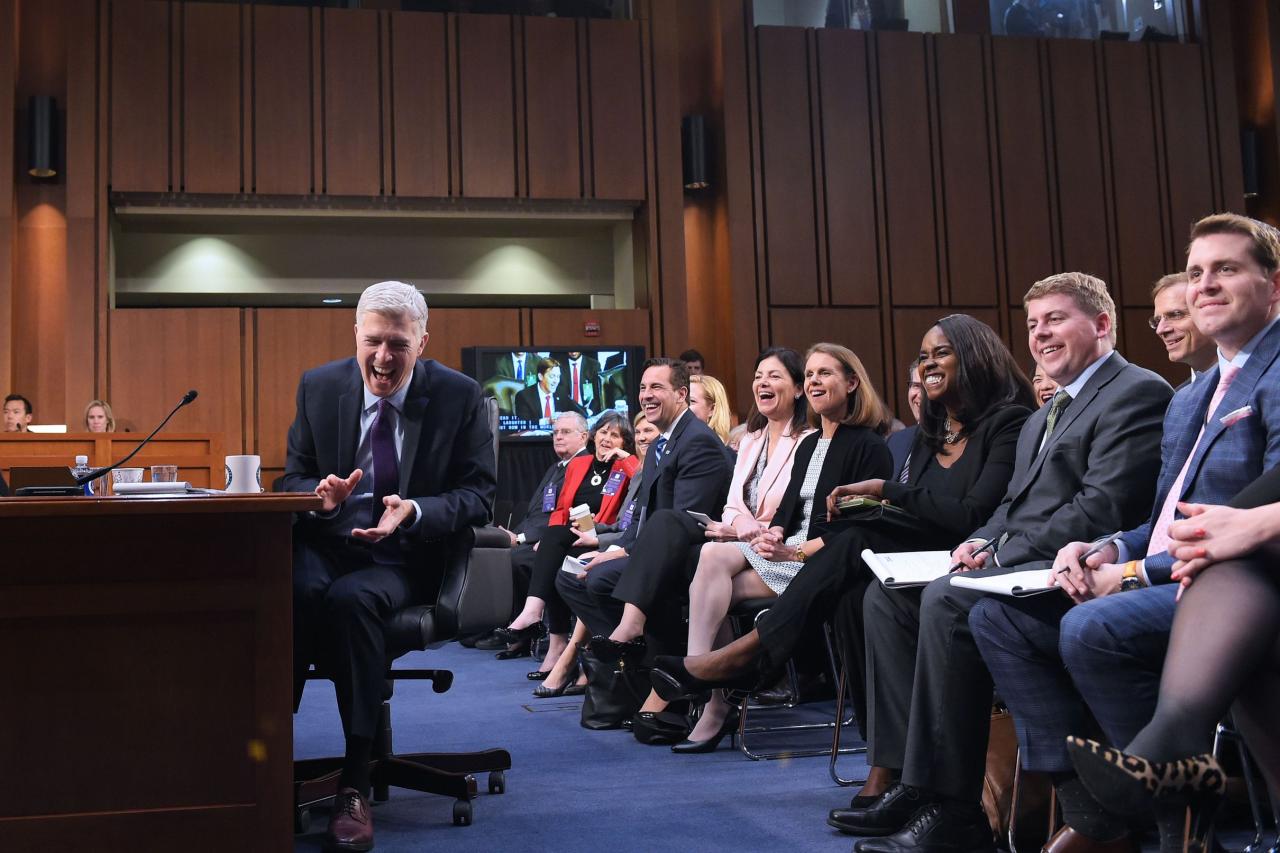
The Chevron Doctrine, a cornerstone of administrative law, grants significant deference to executive agencies in interpreting ambiguous statutes. Its application, however, has become increasingly contentious, particularly in the face of evolving legal landscapes and concerns about agency overreach. This section delves into the continued relevance of Chevron, the challenges it faces, and the shifting dynamics between courts, Congress, and agencies in the modern era.The Chevron Doctrine remains a vital component of administrative law, enabling agencies to effectively implement complex statutory schemes.
However, the doctrine’s continued application is not without its criticisms and limitations. Recent Supreme Court decisions have subtly altered the landscape, demanding a closer scrutiny of agency interpretations.
Ongoing Relevance of the Chevron Doctrine
The Chevron Doctrine continues to be relevant because it allows for the efficient execution of laws that require specialized knowledge or expertise often possessed by administrative agencies. It permits agencies to develop rules and regulations based on their specialized understanding of the issues, which promotes effective implementation of statutes. The doctrine, however, must be viewed within its historical context, acknowledging the shifting balance of power between courts and agencies.
Contemporary Challenges to the Chevron Doctrine
Several contemporary challenges threaten the Chevron Doctrine’s continued application. Concerns about agency overreach, the potential for arbitrary or capricious interpretations, and the need for transparency and accountability in agency actions are among the key criticisms. Furthermore, the doctrine’s reliance on the assumption of congressional intent can be problematic when dealing with evolving societal needs and technological advancements.
Chevron’s Supreme Court battles, congressional hearings, and agency actions are all part of a larger picture. Think about how these events relate to the pressures on the global climate, like those impacting the snow polo scene in St. Moritz, Switzerland, for example. Snow polo in St. Moritz faces a future with diminishing snow , highlighting the interconnectedness of these issues.
Ultimately, these Supreme Court, congressional, and agency decisions regarding Chevron and its practices are critical in shaping our future.
Evolving Role of Administrative Law in the Context of the Chevron Doctrine
Administrative law is evolving in response to the ongoing debate surrounding the Chevron Doctrine. The increasing complexity of modern legislation and the growing need for specialized expertise in various fields have led to a greater reliance on administrative agencies. The judiciary, however, has a crucial role in ensuring that agency actions are lawful and consistent with the intent of Congress.
This balancing act between agency expertise and judicial oversight is a key aspect of modern administrative law.
Effects of Recent Supreme Court Decisions on the Chevron Doctrine
Recent Supreme Court decisions have significantly impacted the application of the Chevron Doctrine. These decisions have subtly shifted the balance of power between the courts and agencies, demanding a more rigorous scrutiny of agency interpretations. This evolution reflects a broader trend in the judiciary toward reasserting its role in ensuring the integrity of statutory interpretation.
Examples of Chevron Doctrine Application in Recent Cases
While specific examples are complex and require a deep understanding of the cases themselves, some general examples illustrate the doctrine’s application. For instance, environmental regulations often rely on Chevron deference, as agencies are expected to possess specialized knowledge regarding environmental impacts. Similarly, in areas like financial regulation, agency expertise in complex markets often plays a key role in the interpretation of ambiguous statutes.
It’s important to note that each case involves specific statutory language and facts, requiring careful consideration of the court’s reasoning.
Table: Historical Evolution of the Chevron Doctrine
| Year | Supreme Court Case | Key Outcome | Impact on Chevron |
|---|---|---|---|
| 1984 | Chevron U.S.A. Inc. v. Natural Resources Defense Council, Inc. | Established the two-part test for Chevron deference. | Established the framework for evaluating agency interpretations. |
| 2007 | Auer v. Robbins | Expanded Chevron deference to agency interpretations of their own regulations. | Furthered the scope of agency authority in rulemaking. |
| 2020 | Department of Commerce v. New York | Limited Chevron deference in certain circumstances, particularly when statutes are clear and unambiguous. | Restricted agency discretion in interpreting clear statutes. |
Closing Notes
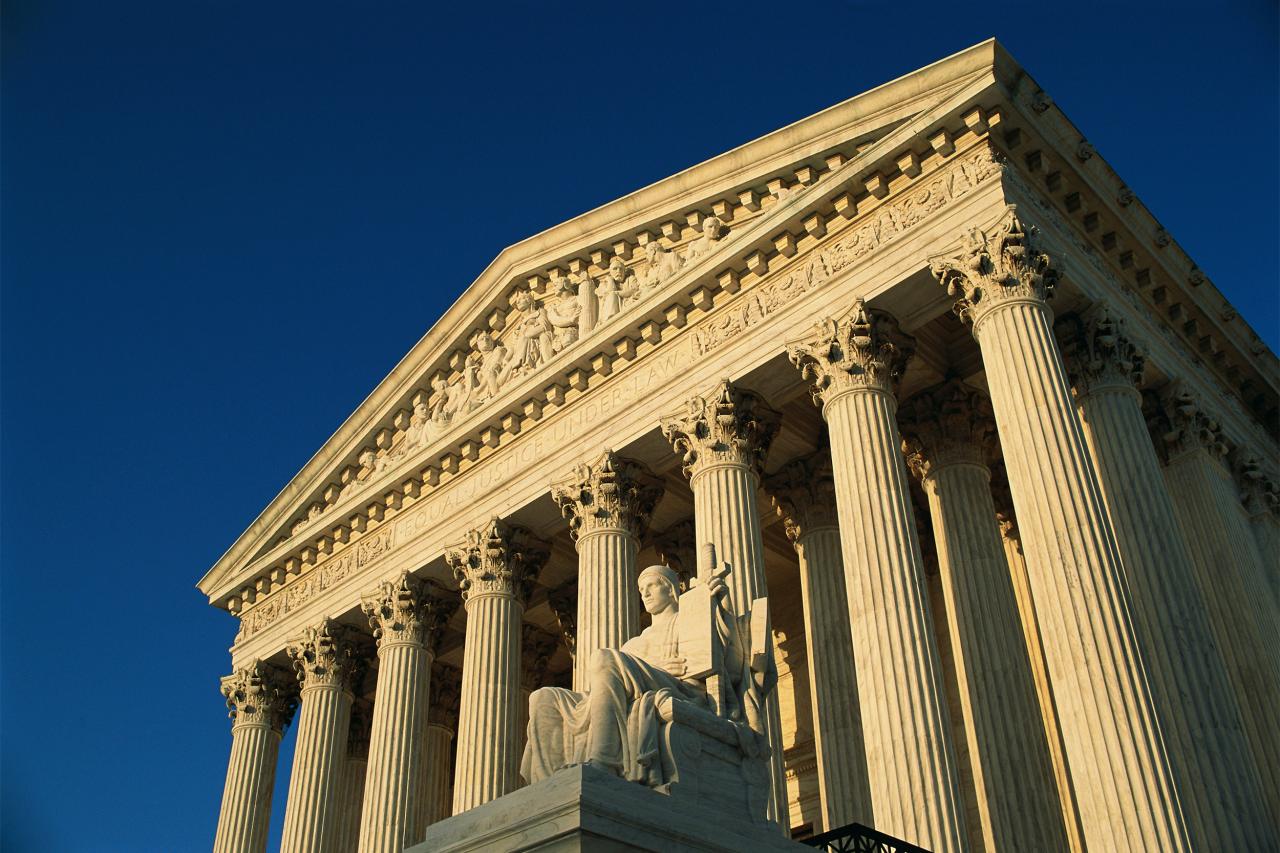
In conclusion, the Chevron Doctrine stands as a critical juncture in the relationship between the Supreme Court, Congress, and executive agencies. The intricate dance of interpretation, influence, and potential conflict shapes administrative law, affecting various aspects of modern governance. The ongoing relevance of the doctrine and its potential for future challenges remain significant areas of discussion.
Essential Questionnaire
What are the most common criticisms of the Chevron Doctrine?
Critics often argue that Chevron grants excessive power to executive agencies, potentially leading to an imbalance of power within the government and an overreach of bureaucratic discretion. They also raise concerns about the lack of transparency and accountability in agency interpretations.
How has Congress attempted to limit the Chevron Doctrine’s impact?
Congress has, in some instances, tried to limit the Chevron Doctrine by including more specific language in statutes to reduce ambiguity. This legislative action seeks to clarify legislative intent, thus diminishing the need for agency interpretation.
What are the potential conflicts between the Supreme Court and executive agencies when interpreting statutes?
Disagreements can arise when the Supreme Court interprets statutes differently from the way executive agencies have previously interpreted them, leading to potential legal challenges and judicial review of agency actions.
How does the Chevron Doctrine relate to the separation of powers?
The Chevron Doctrine raises concerns about the separation of powers, as it can be perceived as delegating significant interpretive authority to the executive branch, potentially diminishing the legislative and judicial branches’ influence.

